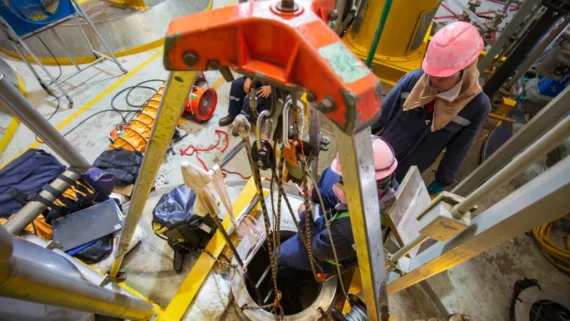Understanding Nonconformance in the Workplace

Nonconformance refers to any process, outcome, or practice that fails to meet a defined safety or quality standard. When teams encounter nonconformance, it’s a prompt to investigate, learn, and improve—not just react.
When left unaddressed, small deviations can lead to real consequences.
Two Main Types of Nonconformance
- Minor Nonconformance These are smaller issues like administrative lapses or outdated labels—things that might not create immediate danger but still reflect gaps in compliance.
- Major Nonconformance More serious problems like missing training, faulty protective gear, or hazards in the workspace. These often carry safety or legal risks.
Why Managing Nonconformance Is Essential

Think of nonconformance as a warning sign. A minor oversight today can become a serious safety incident tomorrow. Organizations that prioritize early detection and corrective action stay ahead of the curve—and keep their teams protected.
“Treat nonconformance like a whisper—it’s your system giving you a heads-up before the pressure builds.”
— Senior Safety Officer, Manufacturing
How to Recognize and Report It
A proactive reporting system helps stop issues in their tracks. Here’s how you can encourage better reporting:
- Conduct regular safety audits
- Ask for and track employee observations
- Use digital tools for fast, accessible reporting
Details to record in a report:
- What happened
- Where and when it occurred
- Who noticed it
- What area or system was involved
Managing Nonconformance with CAPA

Effective nonconformance management doesn’t stop at the report. It involves structured follow-up:
- Root Cause Analysis – Understand what triggered the issue.
- Corrective Action – Address the current problem.
- Preventive Action – Put systems in place to stop it from happening again.
Examples You Might Encounter
- PPE that’s expired or missing entirely
- Outdated or incomplete certification records
- Blocked exits or malfunctioning safety alarms
- Improper storage of hazardous materials
- Unsafe maintenance or lockout procedures
Tips to Prevent Nonconformance
- Ongoing Training: Regularly upskill staff on safety protocols.
- Use Digital Tools: Technology makes issue tracking easier and faster.
- Perform Internal Reviews: Spot trends before they become trouble.
- Create a Culture of Openness: Build trust so workers report concerns without hesitation.
Conclusion
Nonconformance doesn’t mean failure—it’s an early alert that something needs your attention. Organizations that treat nonconformance seriously build safer, stronger teams. The goal isn’t just to fix errors but to create a system that prevents them altogether.
Every report is a chance to grow—don’t miss it.

























